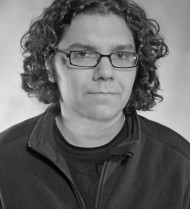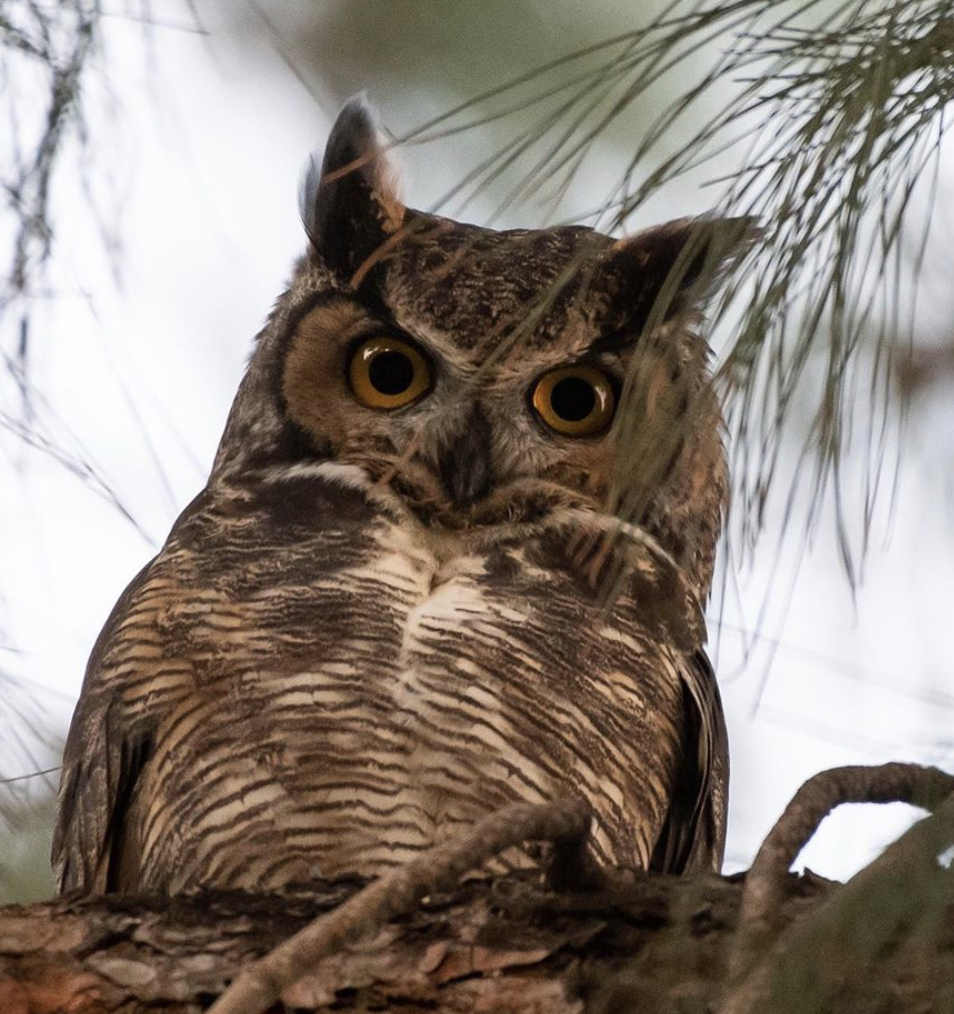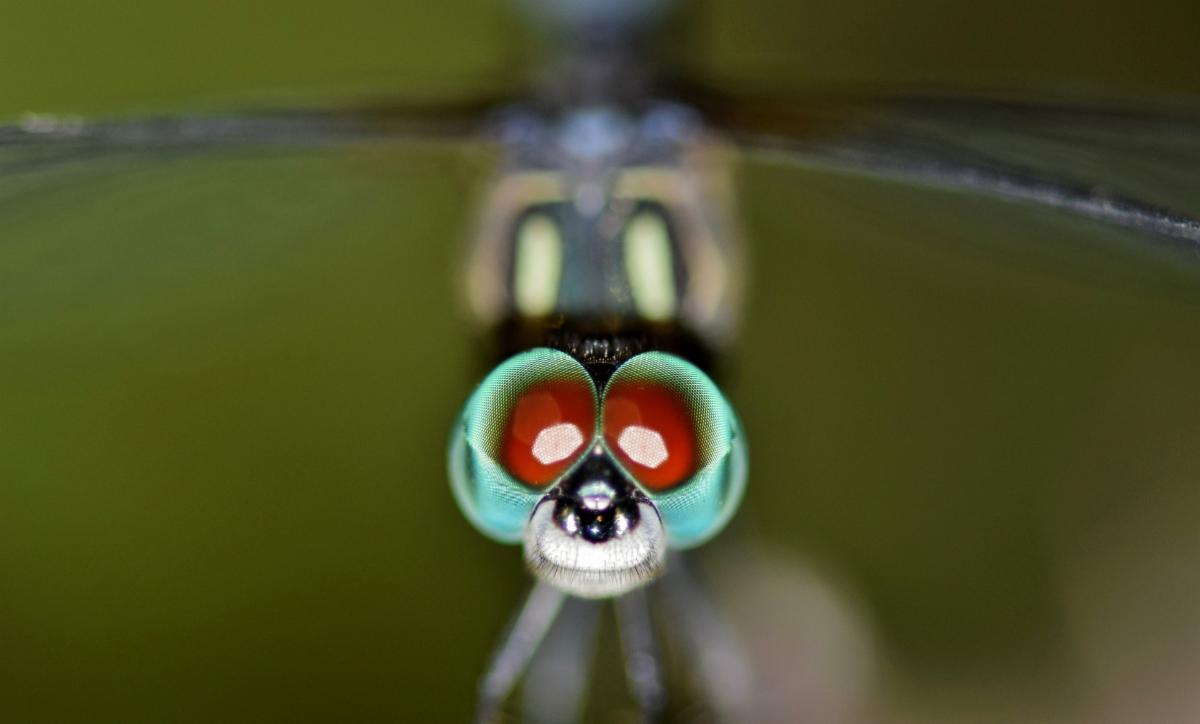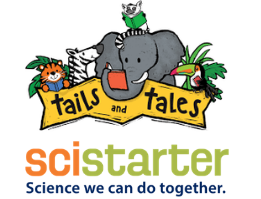Citizen science for your ears
The latest episode of Citizen Science, the podcast from SciStarter, is the first of two episodes about how regular people help cultural heritage institutions like archives, libraries, and museums do scientific research, like uploading photographs to iNaturalist or eBird, or volunteering with a local water organization to monitor stream and river quality. Co-host Justin Schell shares how natural history museums and libraries encourage everyday people to take part in local, national, and global science projects.
The Natural History Museum of Los Angeles County
In the first half of the episode, Richard Smart, a manager for the Natural History Museum (NHM) of Los Angeles County’s Community Science program, and Sara Medina, a volunteer who participates in a number of NHM community science projects, discuss the different kinds of Museum research projects that volunteers can participate in. They talk about how these projects develop greater local knowledge of biodiversity, incredible discoveries that have been made by volunteers, and how participating in these projects can transform how community members think about the Museum itself.
“That really seems to open peoples’ minds to thinking that science is relevant to them,” says Richard in the episode. “Because there’s a scientific study quite literally going on in their backyard and can influence how their city is built and what that infrastructure might be like in the future, what types of plants and animals they might be seeing around them in the future.”
Sara echoes this sentiment. “I always learn something from everybody. It’s just one of those things that the ripple effect from one observation could change everything. So I think it’s important to contribute to it in any little way that you can.”
The Maricopa County Library District
In the second half of the episode, Dan Stanton, from Arizona State University, and Robin Salthouse, from the Maricopa County Library District, discuss SciStarter’s project to create community hubs for citizen science. They detail the origins of this project, the development of multiple kits that community members can check out at their public library, and advice that Dan and Robin have for other librarians who’d like to explore similar programming at their own libraries.
“I’m really excited about these opportunities as someone who volunteers outside of work, advocating for open space and the environment,” says Robin in the episode. She tells us about her enthusiasm “to know I’ve got some tools to engage with and provide policymakers with data specific to issues we may be dealing with in those areas.”
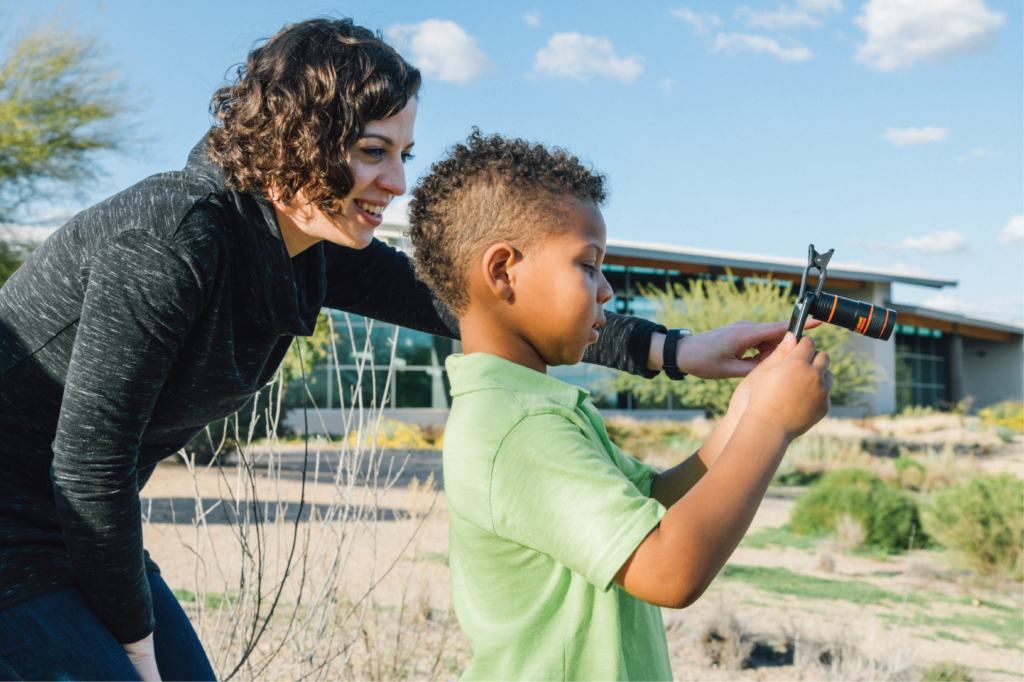
Dan, as a University librarian, speaks in the episode about the unique impact that working in partnership with public libraries can have for “cradle to gray lifelong learning.”
“We lend things and we bring people together for discovery and community. That’s what libraries do,” Dan tells us.
Watch for the second episode on citizen science and cultural heritage institutions early next year. That episode will focus on crowdsourcing projects where volunteers can help identify and transcribe information for museum, library, and archival collections through platforms like Zooniverse. These collections, some of which can date back centuries, can assist in a variety of contemporary science projects including climate change, species migration, population studies, and much more. We’ll talk with project leaders and volunteers about the importance of these projects and what motivates people to participate.
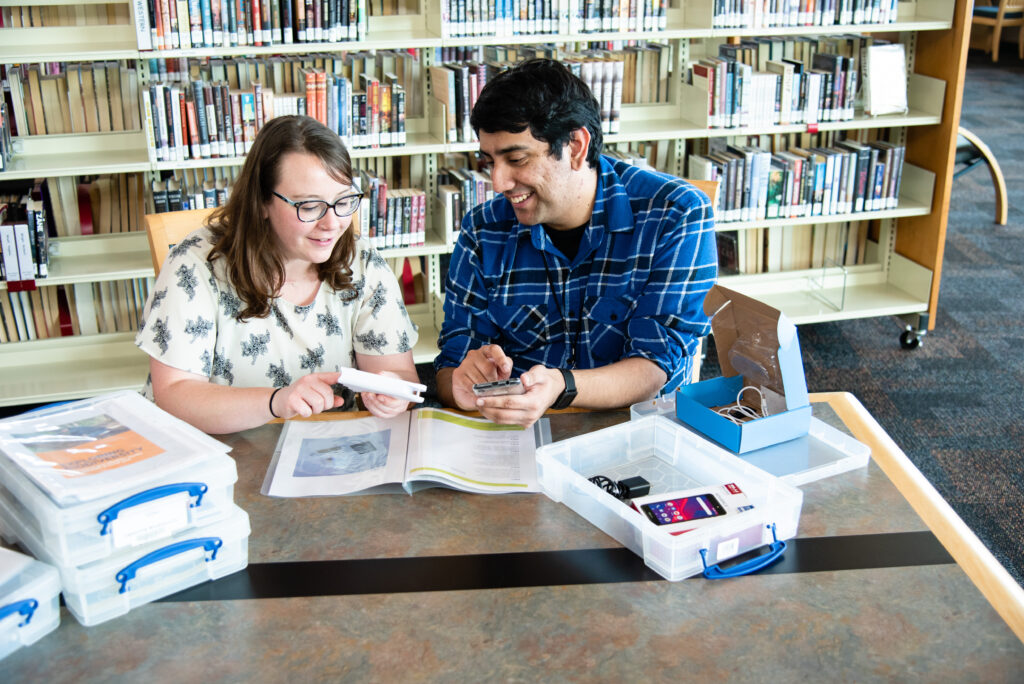
You can subscribe to Citizen Science on Apple Podcasts, Spotify, Stitcher, Google Play, or wherever else you get your podcasts.
Featured photo: An observation of a Great Horned Owl from the NHM’s iNaturalist account. Credit: NHMLA Community Science Program, some rights reserved (CC-BY-NC)
Want to listen to another Citizen Science podcast episode? We recommend the iNaturalist episode as a start! Tip: add your iNaturalist username to your Info & Settings in your SciStarter Dashboard, and you’ll get credit for your contributions.
About the Author
